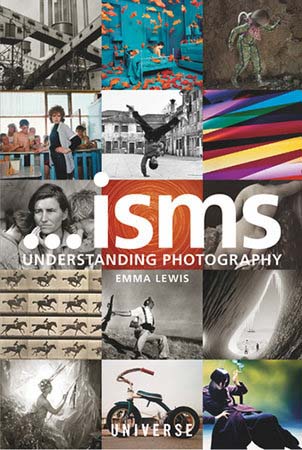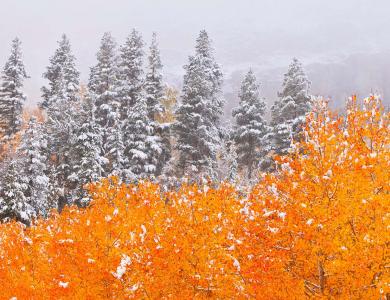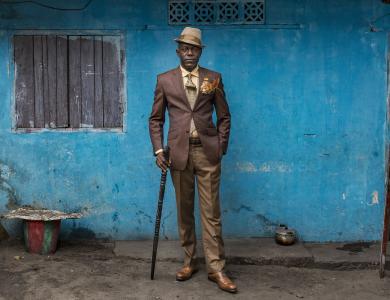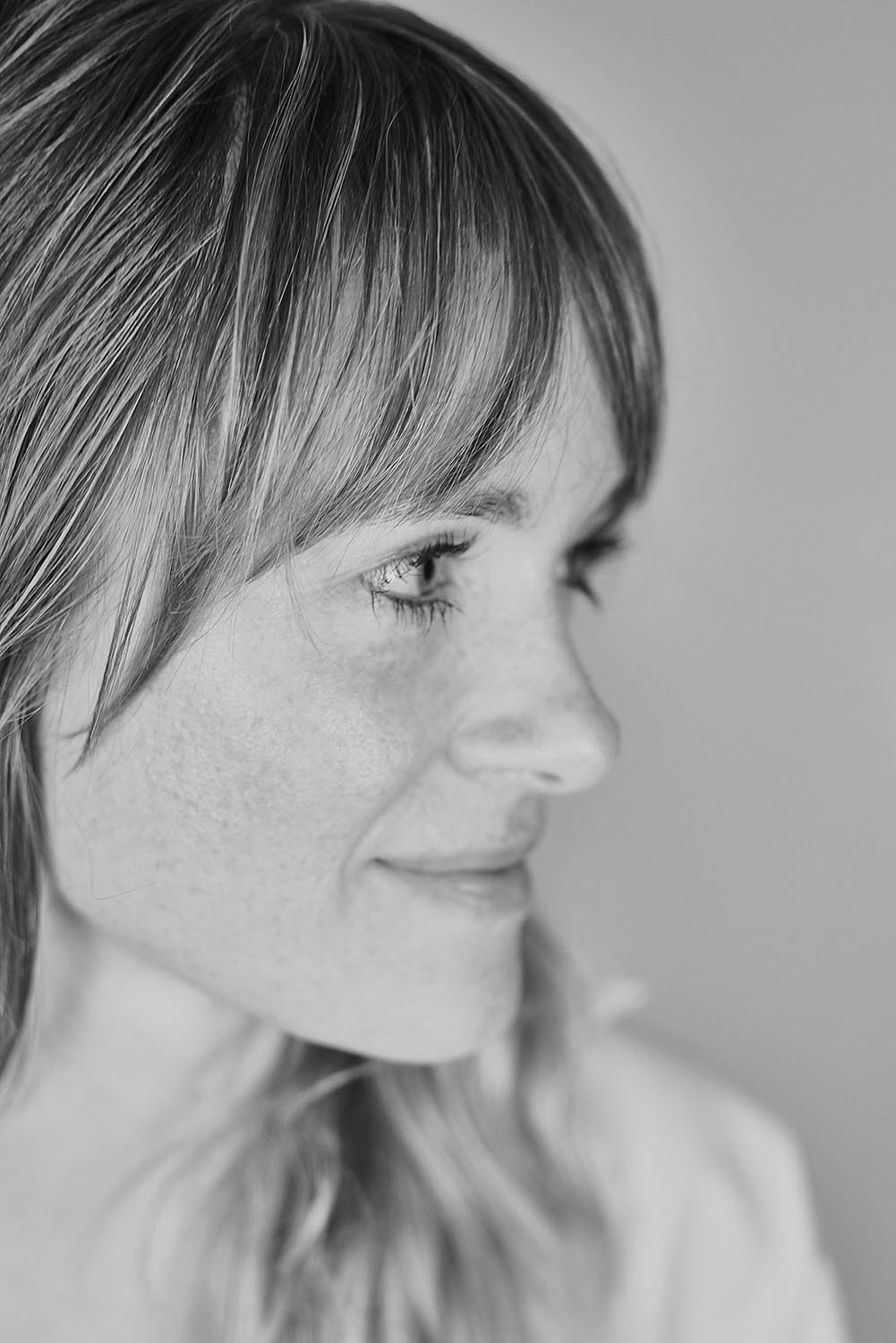
Emma Lewis is one of the five judges in the Professional Competition of the 2019 Sony World Photography Awards, Assistant Curator at Tate and a writer specialising in photography.
As a jury member, Lewis’s advice to photographers is “to take other's opinions when deciding what to submit, but not to ignore their gut instinct.”
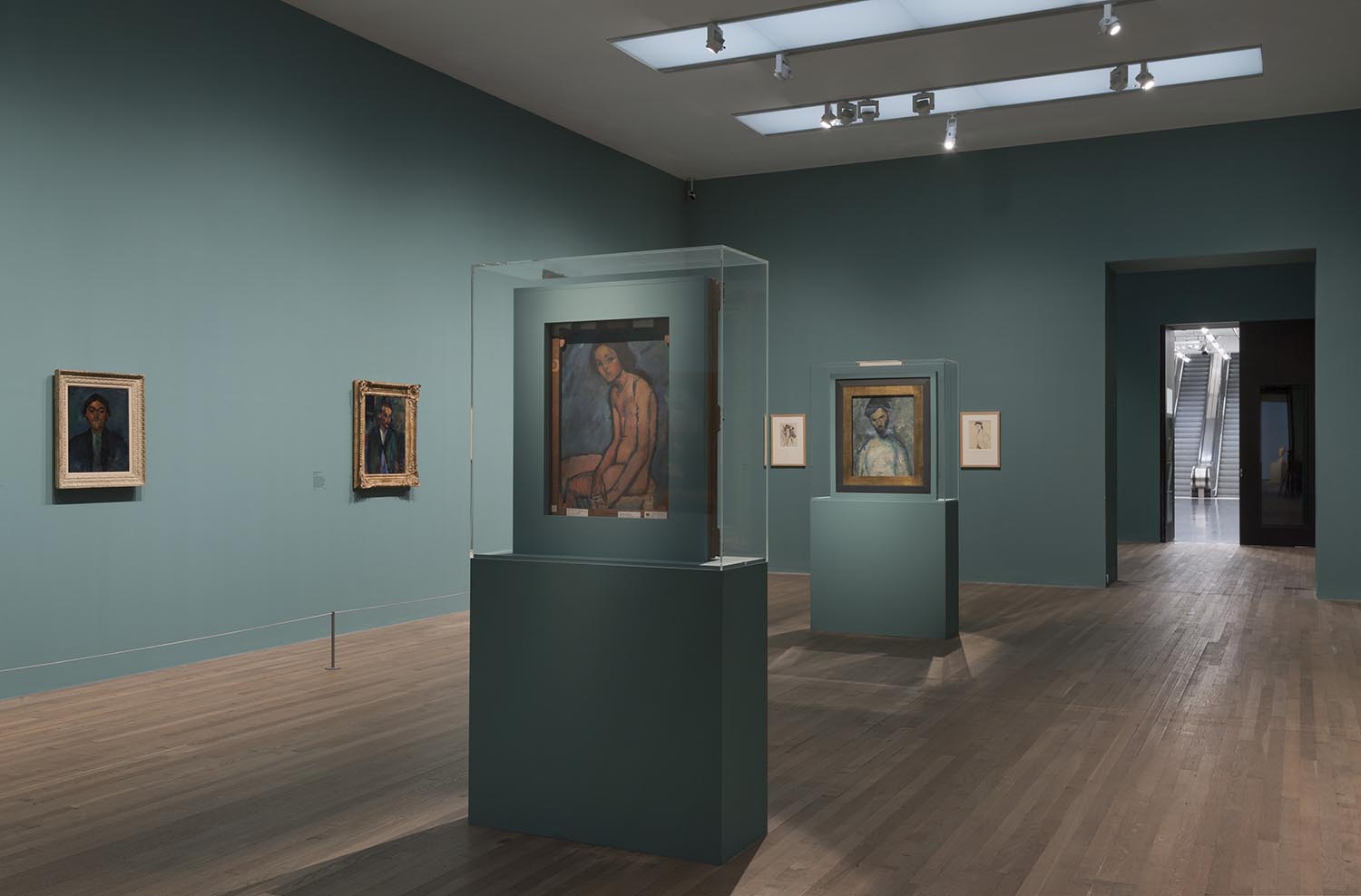
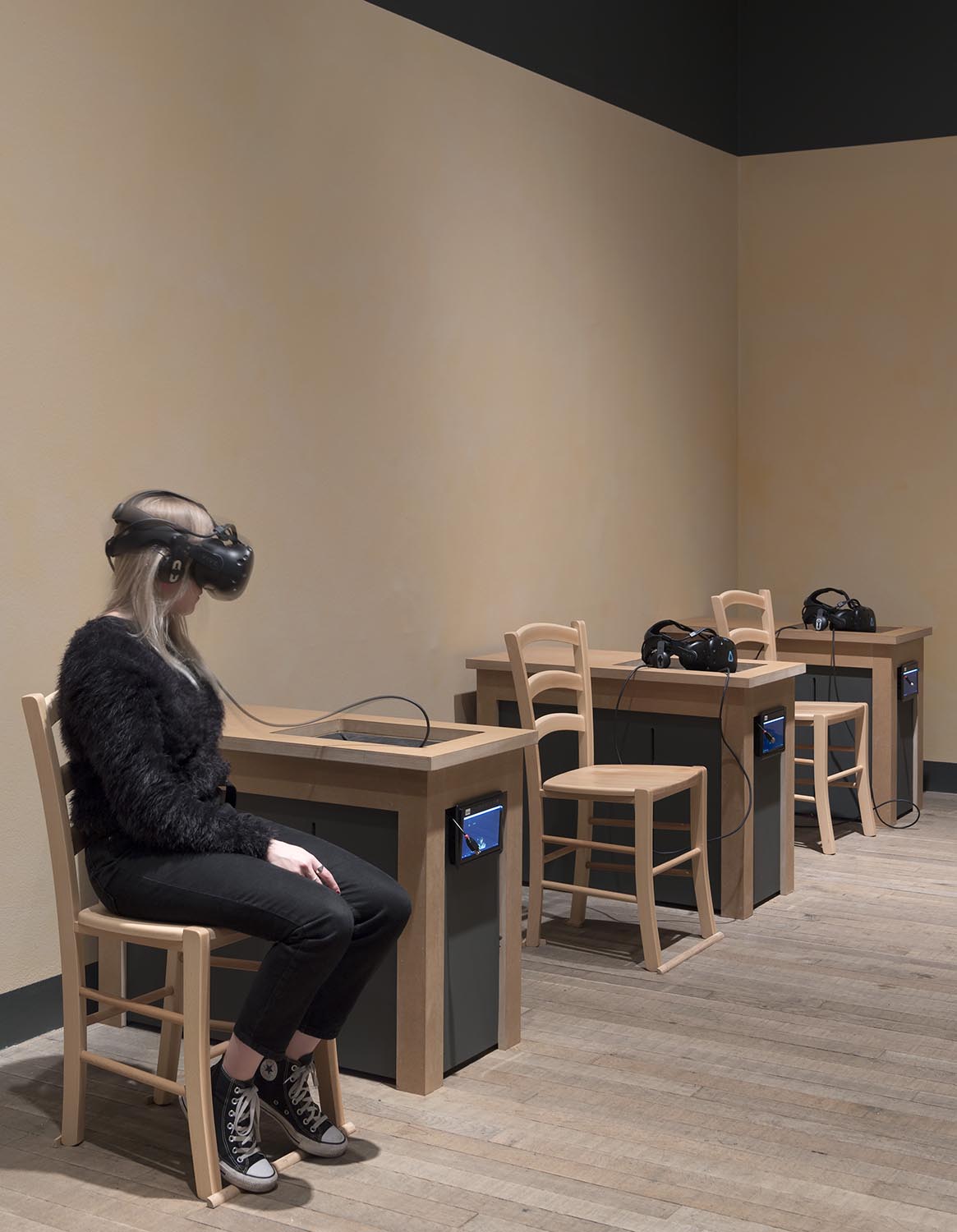
How did you become involved in photography? What does it mean to you?
My route into this career was not a particularly straightforward one: English Literature and Art History as an undergraduate, followed by an MA in Modern and Contemporary Art. One day during my MA studies we were taken to the Wilson Center for Photography (a world-class private photography collection, based in London). We looked at huge, contemporary prints; we looked at tiny daguerreotypes; and we looked at obscure, historic photography journals. And that was it, I was hooked!
You are Assistant Curator at Tate (UK). What are your main responsibilities? What do you enjoy doing the most?
I never had a burning ambition to be a curator as such, I just knew I wanted to work with photographs. I took positions in an auction house, a publishing house and a photography archive, and always wrote about photography on the side. The role that came up at Tate in 2013, working with the photography collection, tied together these different areas of my professional experience - scholarly research, working with prints and project management. The more I work with photography, the more I realise that what draws me to this medium and the process of curating is what attracted me to the combination of English Literature and Art History way back: a love of social history and storytelling.
As Assistant Curator at Tate, I work on researching photography acquisitions for the collection and organise collection displays, exhibitions, and photography-related talks or conferences. In any given week I might be travelling to a fair or an artist's studio, negotiating a loan with a collector, in the library researching, or on the phone to local authorities trying to make the impossible happen, as far as installation is concerned. I love the different pace and variety, the constant mental gear-changes, and I love working with colleagues with diverse specialisms.
You were involved in 'Wolfgang Tillmans: 2017' and 'Modigliani' (2017). Can you give us some insights into working on such important exhibitions?
In 2017, I was assistant curator for the 'Wolfgang Tillmans: 2017' and 'Modigliani' exhibitions. The process of working on these two exhibitions couldn't be more different: the former was working with a living artist to think about how to show his work and his engagement with the world at that very specific moment; the latter was about presenting quite a familiar history in a fresh light, which we did through narrative (for example, asking 'what was life like for a female artist's model at the turn of the twentieth century?') and through exciting curatorial devices like virtual reality. This year, I'm co-curating the first UK exhibition dedicated to Dora Maar, an incredible photographer and painter who also happened, for a period, to be romantically involved with Picasso. A challenge is how not to let this biographical detail overshadow how her life and work is understood.
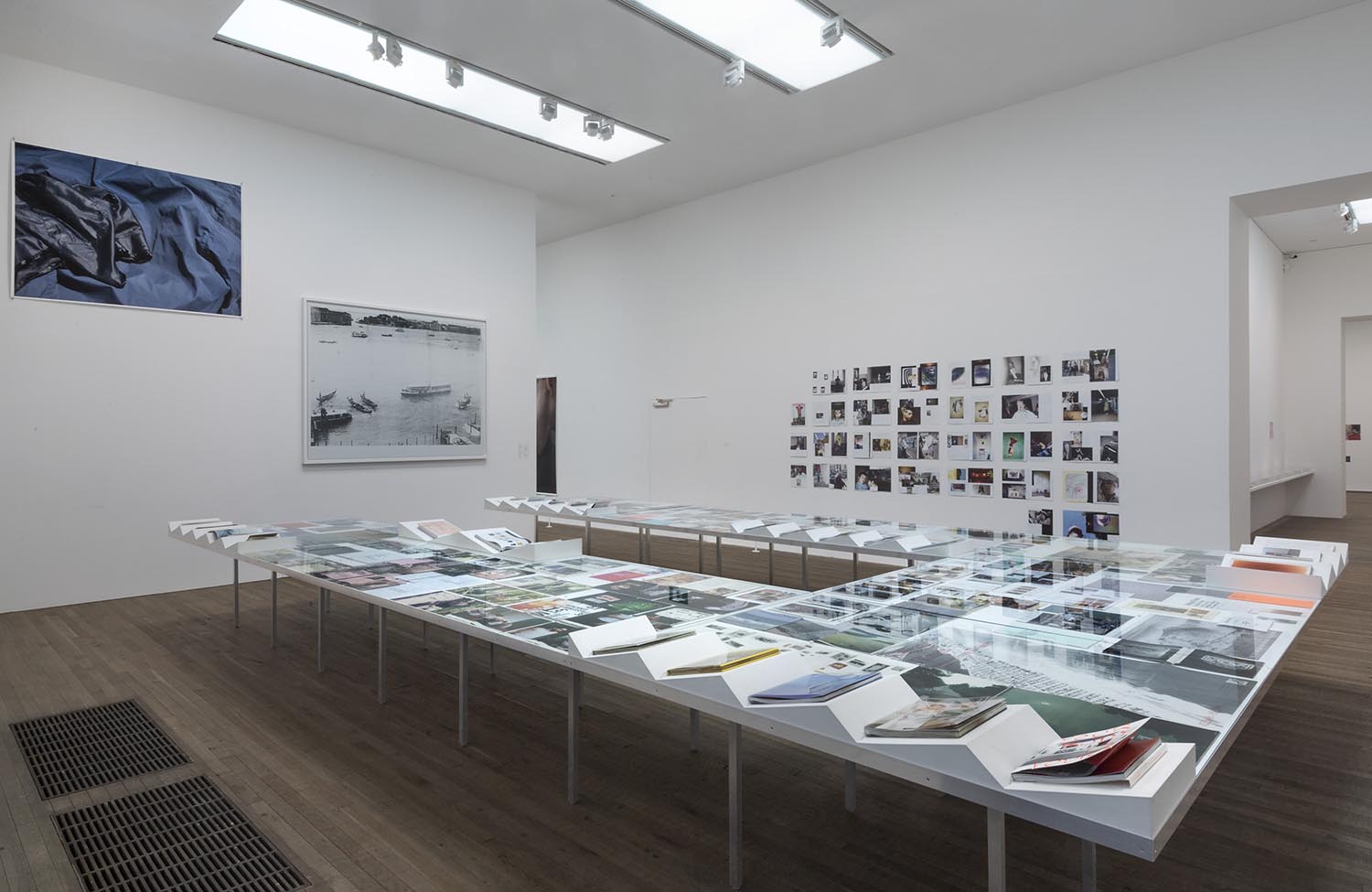
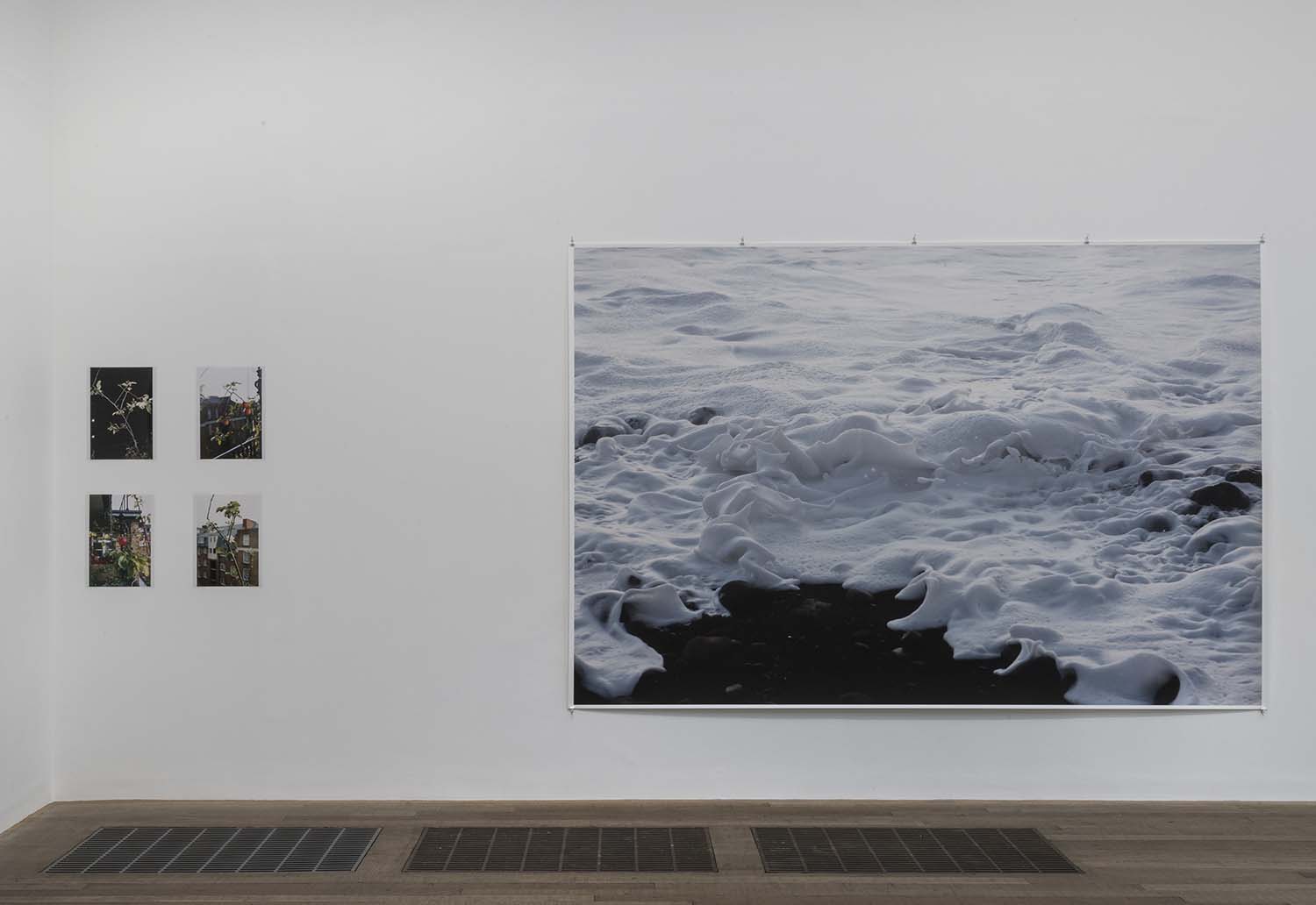
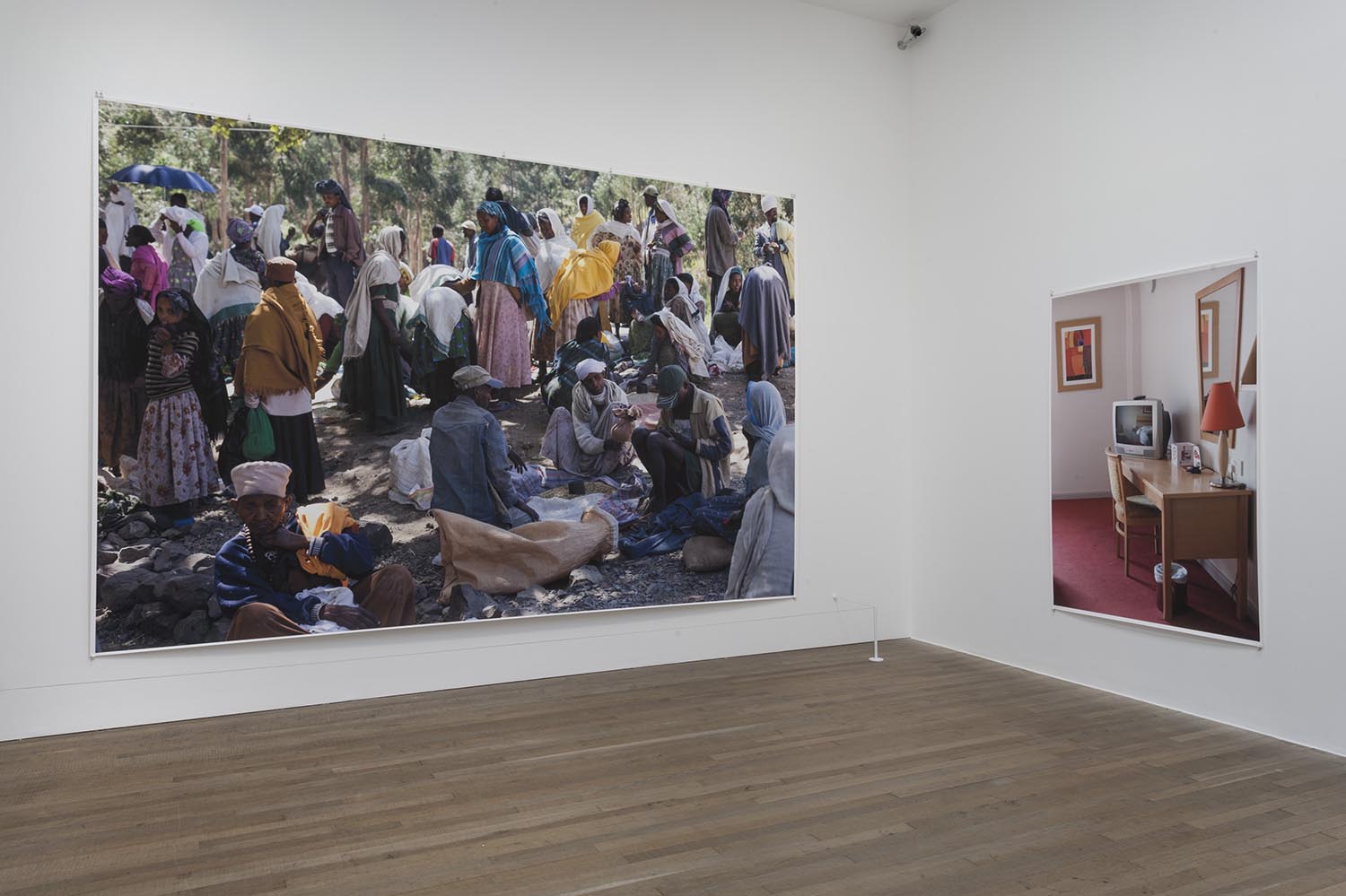
From your experience, what makes a photography series great?
There is no formula for what makes a photography series great. But from my experience looking at portfolios, the work that stands out is technically accomplished, whether through mastering classical techniques, or through innovation. It reveals new subject matter, or captures familiar subject matter in a fresh light -- there is a sense of the photographer's distinctive eye. And the relationship between subject matter and choice of material, technique and display presentation has been well thought through. A well-edited series is also paramount: the ability to self-edit is underrated but so important. I would love to see the above in entries for the 2019 Professional competition.
What is your photography motto? Who are your biggest photographer influences?
My photography motto? The point is to look, not to have seen. My inspiration? It changes all the time, but right now a young woman I'm working with named Etinosa Yvonne, who is making powerful, urgent work based on current social and political situations in Northern Nigeria.
